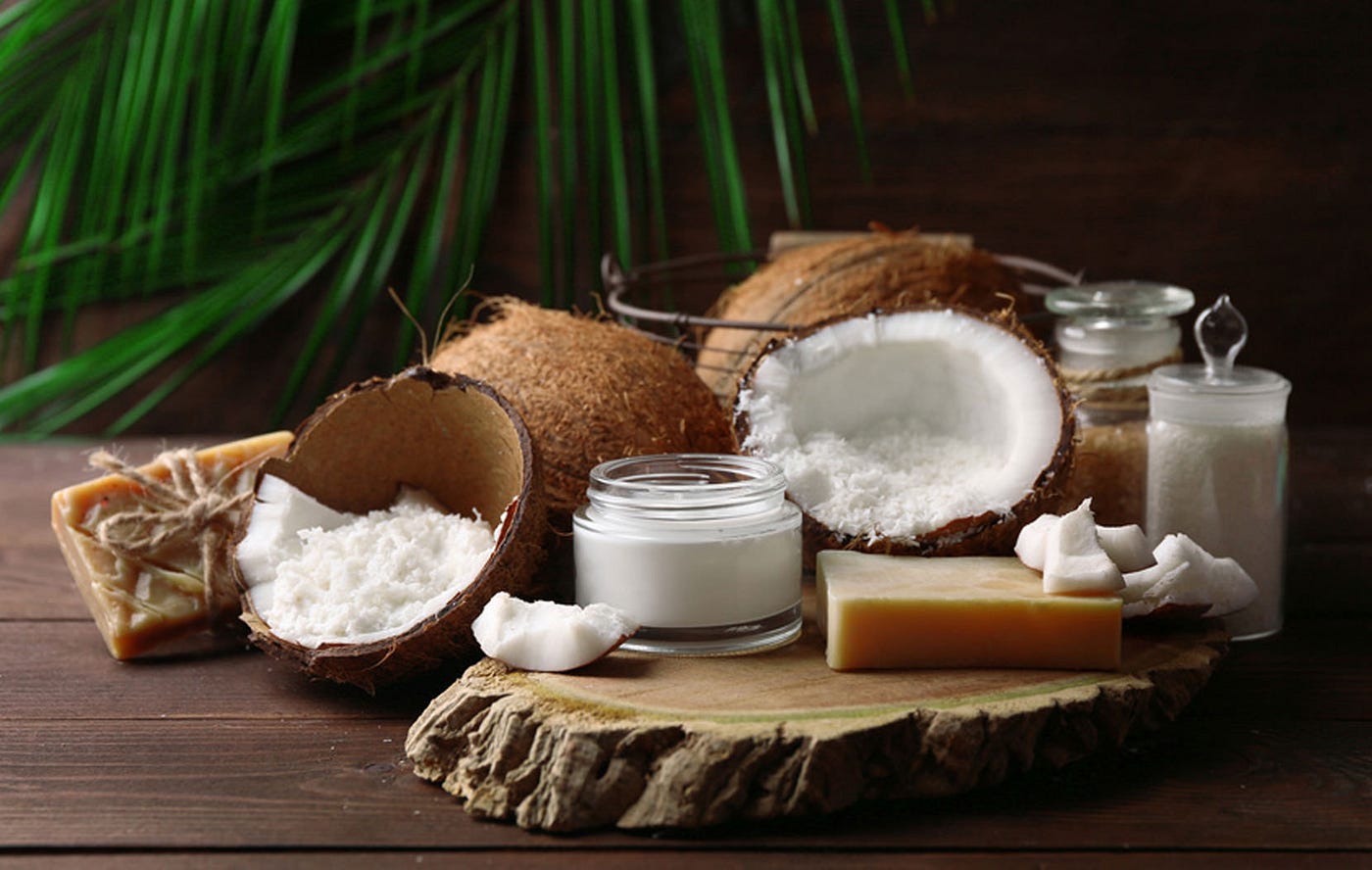Jakarta ( WNAM MONITORING): It would not be an exaggeration to call Indonesia a paradise for coconuts. Straddling the Equator, the archipelago offers the ideal growing environment for the tropical fruit.
No wonder then that its islands, which number in the thousands, are home to vast coconut plantations.
Renowned globally as a symbol of the tropics, the coconut tree is often called the tree of life since nearly every part of the tree is useful.
Coconut tree trunks, for example, can be used for simple home construction, while coconut leaf stalks can be turned into sturdy brooms. In addition, the sap of coconut flowers can be used to make sugar.
Most people would agree that the fruits themselves are the most valuable part of the plant.
Besides their refreshing tropical taste and flesh that can be consumed directly, the fruits can also be used to produce coconut milk, coconut oil, coconut flour, and copra.
This multi-functionality alone makes coconuts a strategic and vital commodity — not just for the livelihoods of farmers but also for the economy.
Even amid the uncertain global economic climate, Indonesia’s coconut exports have continued to thrive thanks to government initiatives, with Indonesian coconuts emerging as yet another symbol of the country’s agricultural strength on the global stage.
Data from Statistics Indonesia (BPS) has shown a significant rise in the value and volume of national coconut exports over the last three years.
From US$65.6 million in 2022, the value of coconut exports rose to US$75.33 million and US$113.59 million, respectively, in 2023 and 2024.
This positive trend reflects both steady global demand and the strong competitiveness of Indonesian coconuts.
As of April this year, the export value of coconuts with the HS code 08011200 (endocarp) had reached US$62.63 million, with China standing out as the top buyer, importing US$52.25 million worth of the tropical fruit between January and April.
This increase in value was closely tied to the rising demand for coconuts and their derivatives to make all sorts of products, ranging from coconut milk coffee, coconut-flavored ice cream, and snacks to innovative cosmetics.


